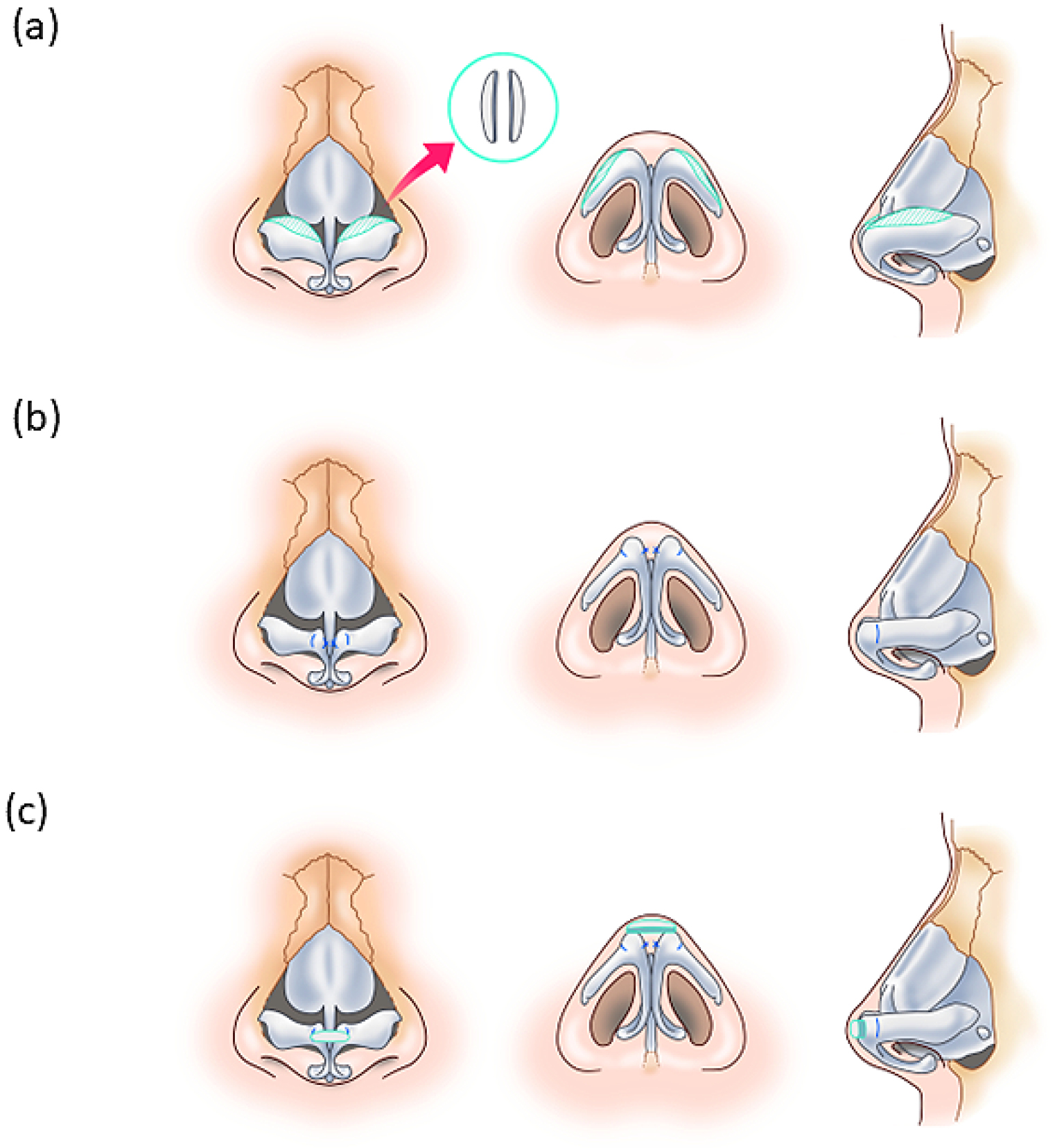Volume 2, Issue 4
Displaying 1-8 of 8 articles from this issue
- |<
- <
- 1
- >
- >|
Original Research
-
2023Volume 2Issue 4 Pages 123-128
Published: October 27, 2023
Released on J-STAGE: October 27, 2023
Advance online publication: April 14, 2023Download PDF (544K) -
2023Volume 2Issue 4 Pages 129-136
Published: October 27, 2023
Released on J-STAGE: October 27, 2023
Advance online publication: March 15, 2023Download PDF (1515K)
Case Report
-
2023Volume 2Issue 4 Pages 137-141
Published: October 27, 2023
Released on J-STAGE: October 27, 2023
Advance online publication: March 15, 2023Download PDF (814K) -
2023Volume 2Issue 4 Pages 142-146
Published: October 27, 2023
Released on J-STAGE: October 27, 2023
Advance online publication: March 15, 2023Download PDF (697K) -
2023Volume 2Issue 4 Pages 147-149
Published: October 27, 2023
Released on J-STAGE: October 27, 2023
Advance online publication: March 15, 2023Download PDF (865K) -
2023Volume 2Issue 4 Pages 150-155
Published: October 27, 2023
Released on J-STAGE: October 27, 2023
Advance online publication: June 14, 2023Download PDF (1000K) -
2023Volume 2Issue 4 Pages 156-162
Published: October 27, 2023
Released on J-STAGE: October 27, 2023
Advance online publication: June 14, 2023Download PDF (1808K)
Brief Report
-
2023Volume 2Issue 4 Pages 163-171
Published: October 27, 2023
Released on J-STAGE: October 27, 2023
Advance online publication: April 14, 2023Download PDF (1209K)
- |<
- <
- 1
- >
- >|








